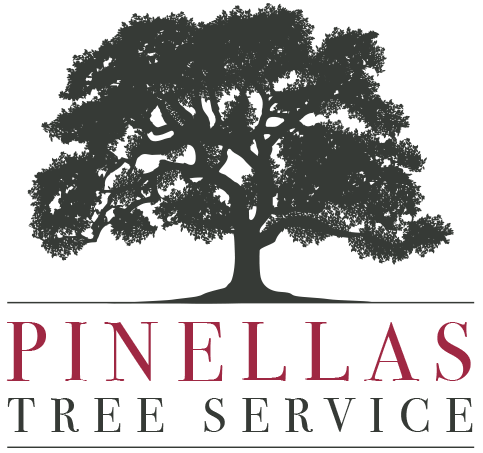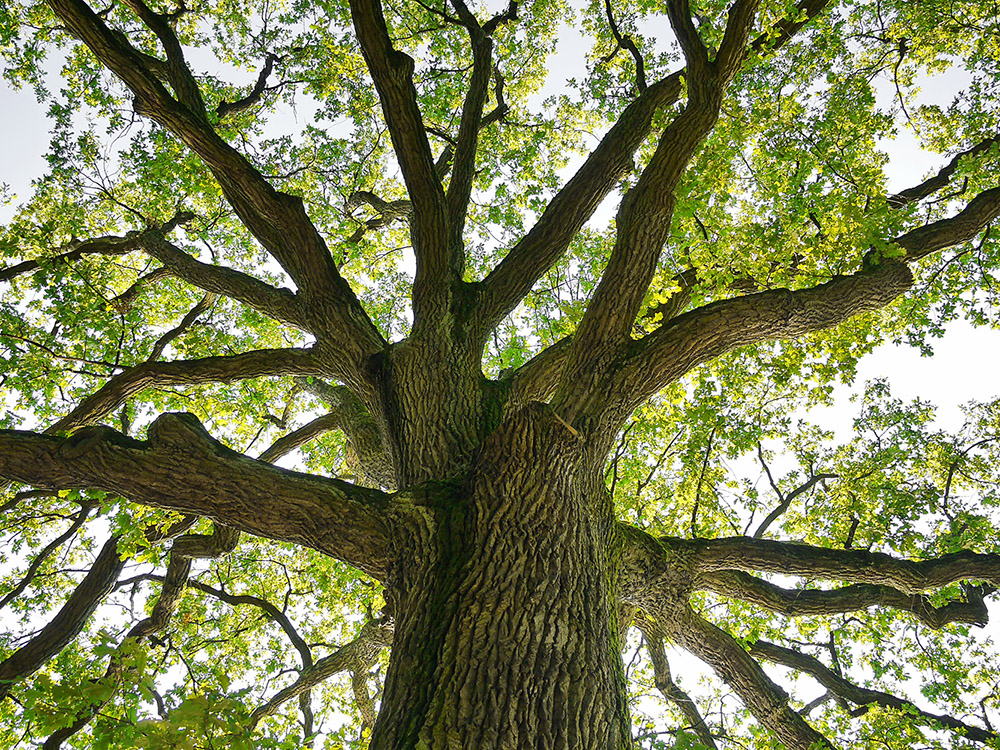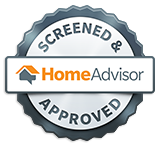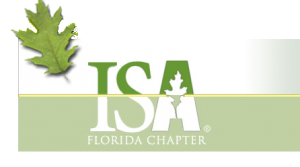12 Point Tree Inspection
Before making any tree care recommendations Pinellas Tree Service completes a twelve point Health & Safety Inspection of all the trees on your property. This inspection is to provide both us and you with information related to what issues may exist that need attention as well as items of concern that could develop into issues in the future.
At Pinellas Tree Service, we make sure to include the overall health of your trees and landscaping in our evaluation. We know that with the proper care and planning your yard to remain healthy and vibrant for years.
A brief synopsis of each of our inspection points is detailed below.
- Identify nuisance tree species
Determine tree species and review species failure profile. Some trees can really take over a yard quickly and some are even invasive species transplanted here by mistake or because they looked good at the time. They can choke out the rest of native vegetation and wreak havoc on your property. - Overall health
Check for obvious disease, infestation, wound development and overall decline. To the trained arborist, a sick tree can usually be easily identified. Diseases and pests caught quickly enough can be corrected with the proper treatments. - Tree History
Check for past improper pruning or previous failures. Stress can harm a tree just as it can harm a person. Undo stress from incorrect pruning methods or drought leave trees an open target to disease and pest infestation. - Environment
Consider site characteristics like recent grade changes, construction activity or other site disturbances. Runoff during the rainy season, storm drain flooding and other things can all lead to growth and health issues. - Roots
Check for any evidence of unstable root system and for trees that are prone to uproot. Roots can easily snake their way underneath foundations, around vital pipes and wires, under driveways and sidewalks and inside plumbing. We have ways to identify these types of problems and how to correct them. - Trunk
Check for co-dominant formations and for obvious rot and decay. - Branches
Check for weak, diseased and dying branches. Sometimes not so easy to identify, these types of issues are usually early warning signs of future issues. - Foliage
Check color, size and density of leaves. Review distribution of foliage. This type of inspection helps identify and target specific areas of concern. - Soil
Check soil for drainage, moisture, texture and compaction density. There may be nothing wrong with your tree or trees. The issue may be the soil they are trying to live in. - Nutrition
Perform nutrition needs analysis. We can help you determine what types of nutrition and feeding schedules are best for your trees to keep them in top shape. - Identify Pruning Requirements
Check for branches that are too low, too close to roofs or wires, causing visibility problems or blocking lights and traffic signs. We look for these areas of concern and remove them properly without harming the tree. - Potential for failure
Rate potential of tree failure based on above review. When all of these factors have been looked at, we can determine the best course of action to recommend for your tree’s recovery or continued health.





